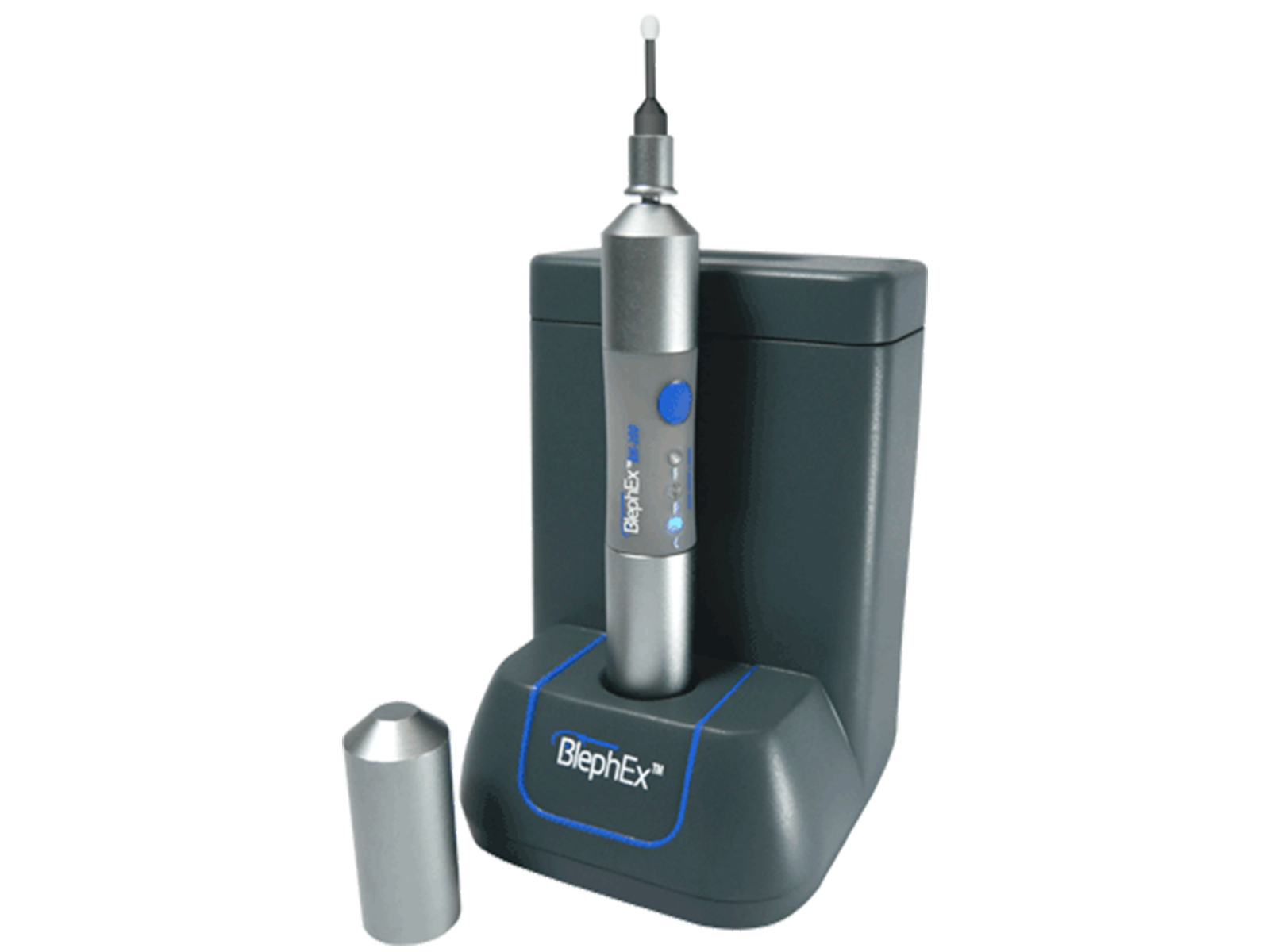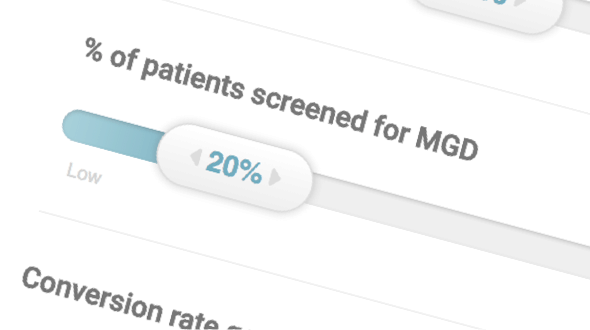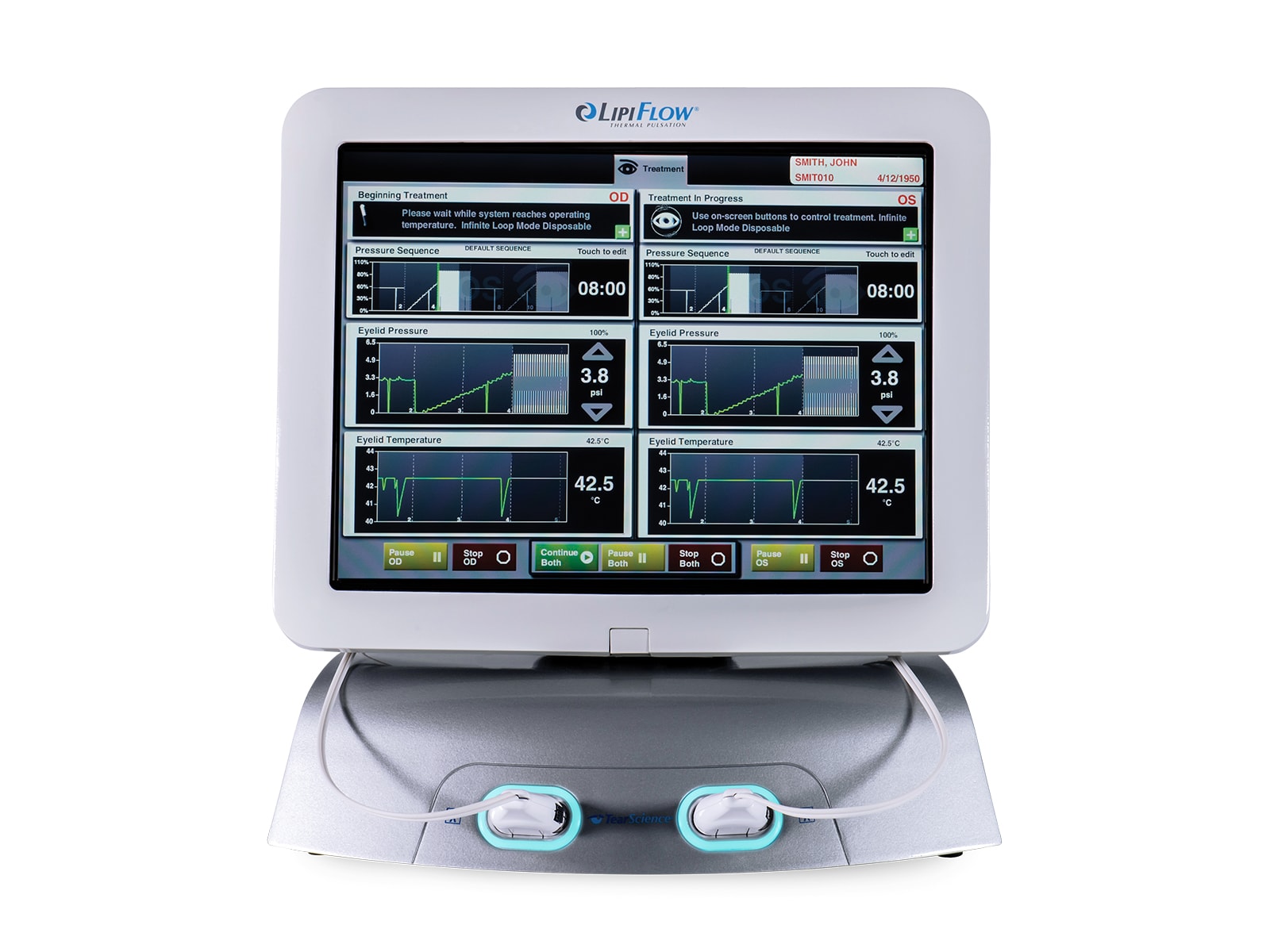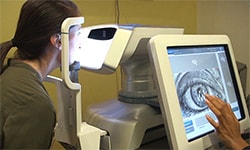Editorially Independent Content
One of the latest instruments developed to address dry eye symptoms stemming from blepharitis and demodex is the BlephEx (RySurg). The process relies on microblepharoexfoliation to remove scurf and debris from the lids.
How It Works
The BlephEx is a handheld device that rotates a moistened medical-grade sponge at high speeds to remove excess bacteria, biofilm, and bacterial toxins and unroofs the meibomian glands. Removal of excess bacterial debris eliminates the food source for mites. The sponge rotates forward and backward at about 2,000 rpm and the device is calibrated to prevent excessive force when applied to the patient’s eyelid. The eye is anesthetized so the procedure is well tolerated, and effects of this 6 to 8 minute procedure generally last for 4 to 6 months.
Finding the Right Solution
The top of the instrument holder has a small well that holds the cleaning solution used to moisten the sponge. The company recommends using LidHygenix foam (LidHygenix) as the cleansing solution. For demodex patients, or patients with recurring blepharitis that could lead to mites, I use a tea tree oil solution to inhibit mite propagation.
Partner in Patient Education
In addition to the actual device, the company offers several anatomical replicas which serve as helpful references when educating patients. One is a model showing both a healthy eyelid and one that is affected by blepharitis. The second tool is a giant, rubber model of a demodex mite. These tangible objects help patients understand the concept of clogged meibomian glands, anterior and posterior blepharitis, and how a procedure such as the BlephEx can help. For patients with demodex, the mite model in particular provides proper motivation to seek treatment.
BlephEx is a great treatment for blepharitis and can be added as a patient pay service to help increase a practice’s bottom line, but the cost of sponges adds up over time. They are not reusable and need to be replaced for each eye, but it is a small compromise.







